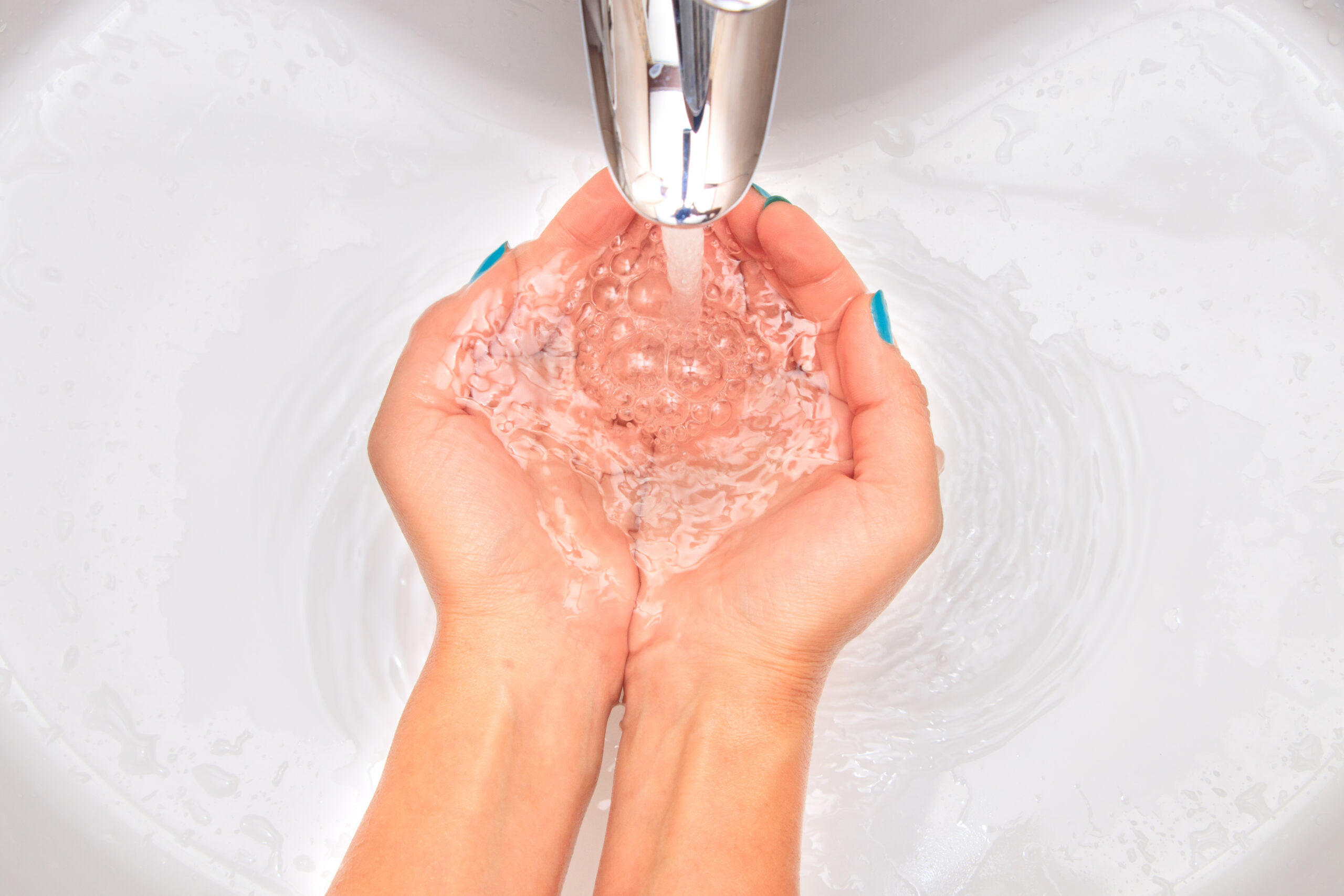Standard Procedures for Legionella Water Testing
by Ben Frieders
Legionella water testing is important for preventing outbreaks of Legionnaires’ disease by identifying and mitigating the presence of the bacteria in water systems, thus safeguarding public health.
Legionella is a bacteria that can cause Legionnaires’ disease, a severe form of pneumonia. It can grow in water systems that are warm and stagnant, such as cooling towers, hot water tanks, and large plumbing systems.
Prevent Legionnaires
To prevent the spread of Legionnaires’ disease, it is important to test water systems for Legionella on a regular basis. The standard procedures for Legionella water testing vary depending on the type of water system, but some common steps include:
- Selecting the appropriate sampling sites. The sampling sites should be chosen based on the risk of Legionella growth. For example, hot water tanks and cooling towers are known to be high-risk areas.
- Collecting the water samples. The water samples should be collected in sterile containers and transported to a laboratory as soon as possible.
- Testing the water samples. The water samples can be tested using a variety of methods, including culture, PCR, and microscopy.
- Interpreting the test results. The test results should be interpreted by a qualified professional.
Legionella Water Testing
The following are some additional things to keep in mind about Legionella water testing:
- The frequency of testing will vary depending on the risk of Legionella growth. For example, high-risk areas may need to be tested more frequently than low-risk areas.
- The laboratory that performs the testing should be accredited by a recognized organization.
- The test results should be documented and kept on file.
By following these standard procedures, you can help to ensure that Legionella water testing is performed correctly and that the results are accurate.
Here are some additional tips for preventing Legionnaires’ disease:
- Keep hot water temperatures above 120 degrees Fahrenheit.
- Drain hot water tanks and pipes regularly.
- Clean and disinfect cooling towers and other water systems on a regular basis.
- Install a point-of-use filter on faucets that are used for drinking or cooking.
By taking these steps, you can help to protect yourself and your loved ones from Legionnaires’ disease.
About The Author
Ben Frieders is the Business Development and Marketing Manager at ChemREADY, an industrial water treatment company, where he focuses on driving growth through strategic marketing, business development, and acquisitions. A former U.S. Navy Chief Petty Officer with a background in nuclear operations, Ben brings a unique blend of technical expertise and leadership to the water treatment industry. Certified in ASSE 12080 Legionella Water Safety and Management, he is a recognized expert in water quality standards, regulatory compliance, and Legionella risk management. Passionate about scaling businesses and optimizing systems, Ben combines data-driven strategies with a hands-on approach to help organizations achieve sustainable growth.

